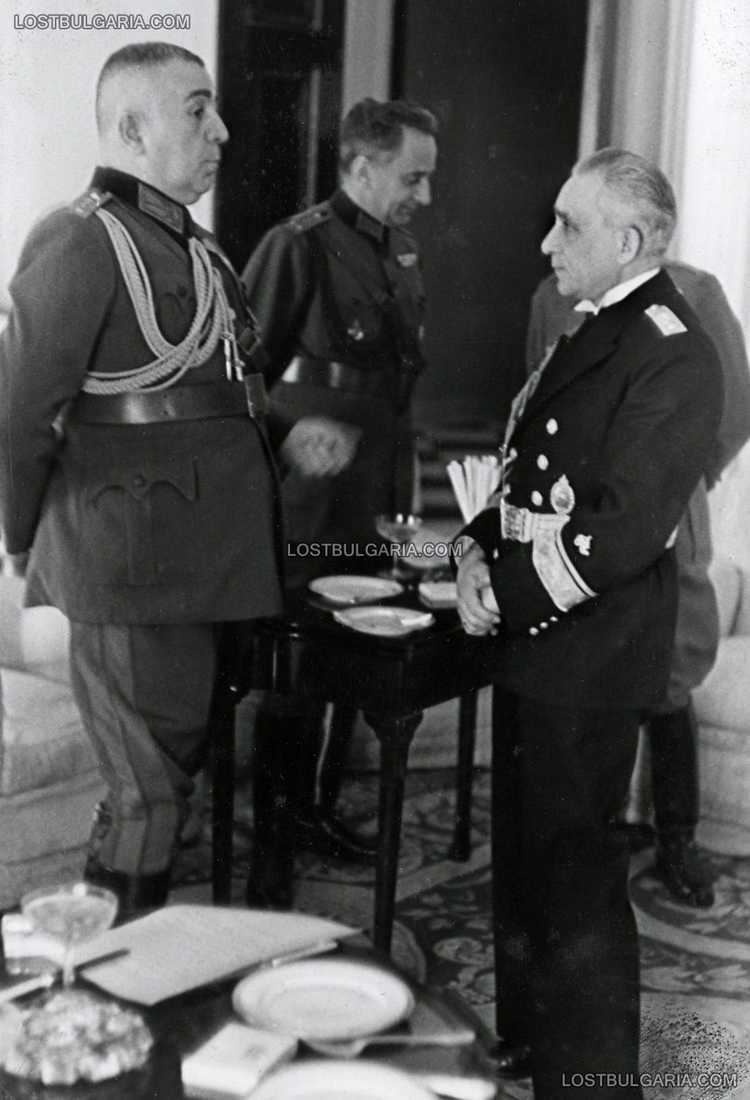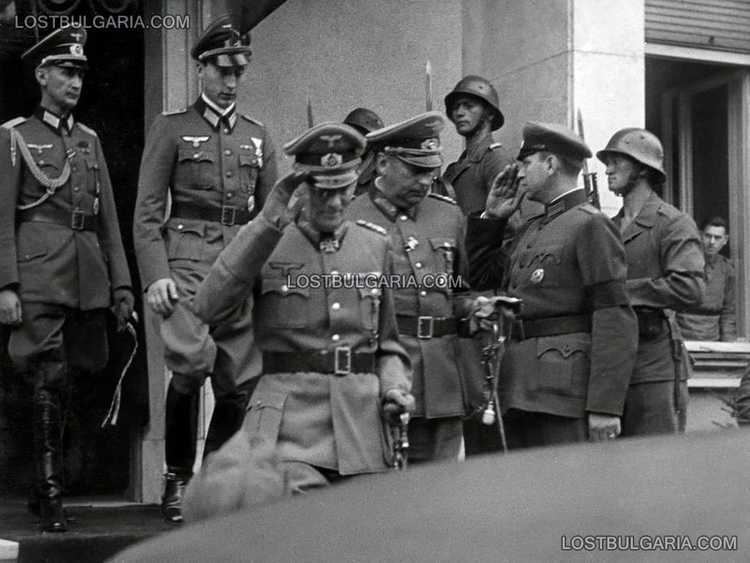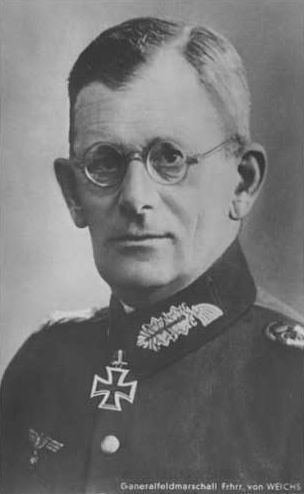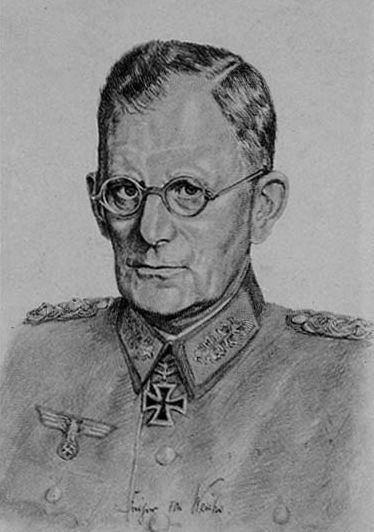Years of service 1900–45 Signature Service/branch German Army | Name Maximilian Weichs | |
 | ||
Battles/wars World War IWorld War IIBattle of FranceBalkans CampaignOperation BarbarossaBattle of KievBattle of SmolenskBattle of Stalingrad Awards Knight's Cross of the Iron Cross with Oak LeavesIron Cross 1st ClassIron Cross 2nd ClassClasp to the Iron Cross Similar People Fedor von Bock, Paul Ludwig Ewald vo, Wilhelm List, Wolfram Freiherr von Richt, Albert Kesselring | ||
Maximilian Maria Joseph Karl Gabriel Lamoral Reichsfreiherr von und zu Weichs an der Glon, known as Weichs or Weichs an der Glon (12 November 1881 – 27 September 1954) was a German Generalfeldmarschall during World War II. He was also a recipient of the Knight's Cross of the Iron Cross with Oak Leaves (German: Ritterkreuz des Eisernen Kreuzes mit Eichenlaub). The Knight's Cross of the Iron Cross and its higher grade Oak Leaves was awarded to recognise extreme battlefield bravery or successful military leadership.
Contents

Early life and career

Weichs was born into a noble family at Dessau in Anhalt, a son of an Army colonel. Following his graduation from the Wilhelmsgymnasium in Munich, he entered the Bavarian Cavalry in 1900 and fought with them in World War I. From 1915 until 1918 he served with the General Staff of the 3rd Bavarian Army Corps. After the war he remained in the newly created Reichswehr where he worked at a number of General Staff positions and later served as an instructor. Transferred from the 3rd Cavalry Division to command Germany's 1st Panzer Division upon its formation in October 1935, he led the unit in maneuvers that impressed Army Commander in Chief Werner von Fritsch. Weichs' aristocratic and cavalry credentials demonstrated the continuing influence of these military elites in Germany's modernizing force.

In October 1937 he became the commander of the 13th Army Corps, that later served in the 1938 German annexation of the Sudetenland.
World War II

For the German invasion of Poland beginning World War II in 1939, Weichs was appointed head of his own Army Corps "Weichs". After the Polish surrender, and in preparation for the invasion of France, he was made Commander-in-Chief of the 2nd Army, a part of Rundstedt’s Army Group A in the West. For his successes in the French campaign he was awarded the Knight's Cross of the Iron Cross and promoted to colonel-general. Leading his corps, Weichs later took part in the Balkans Campaign, and in preparation for Operation Barbarossa, the German invasion of the Soviet Union, he was assigned to lead the 2nd Army as a part of Fedor von Bock’s Army Group Centre. He led the 2nd Army in 1941 through the Battle of Kiev, the Battle of Smolensk, and then on to Vyazma and Bryansk.

In 1942, for Fall Blau, Weichs was assigned to lead the newly created Army Group B. Army Group B was composed of Salmuth's 2nd Army, Hoth’s 4th Panzer Army, and Paulus's 6th Army. In addition to the German armies, Army Group B included the 2nd Hungarian Army, 8th Italian Army, the Third and the Fourth Romanian Army. The 6th Army was assigned to take the city of Stalingrad and cover approximately 800 km of front.
Weichs warned about his lines being stretched too thinly, but Adolf Hitler ignored his warnings. Weichs' fears were realised when Operation Uranus smashed the Romanian armies on his flanks, cutting off the 6th Army inside Stalingrad. Suggesting retreat, Weichs fell out of Hitler’s favor. Consequently, parts of Army Group B were taken away from the command of Weichs and incorporated into a new "Army Group Don", led by Manstein. Later in February, the remaining part merged with the Don Group into a newly reinstated Army Group South, also led by Manstein. Weichs was put in leader reserve.
Weichs was promoted to Generalfeldmarschall on 1 February 1943. As the German situation was starting to become more dire, in August 1943 Weichs was appointed Commander of Army Group F in the Balkans defending against possible Allied invasion in what was seen as Germany’s weak underbelly and fighting off local partisan groups that were gaining strength. In late 1944, he oversaw the German retreat from Greece and most of Yugoslavia.
As Nazi Germany fell apart, Weichs was finally retired on March 25, 1945, and was arrested by American troops in May. During the Nuremberg Trials, Weichs was implicated in war crimes committed while suppressing the partisans, however, he was removed from the Hostages Trial due to medical reasons without having been judged or sentenced.
Weichs died at Burg Rosberg near Bonn.
Wehrmachtbericht references
The daily Wehrmachtbericht (Wehrmacht propaganda report) noted the following:
